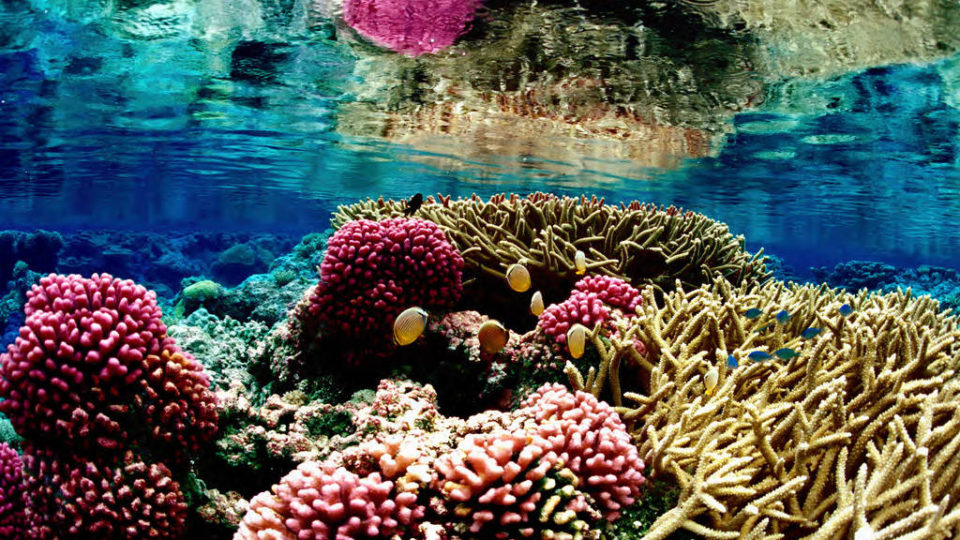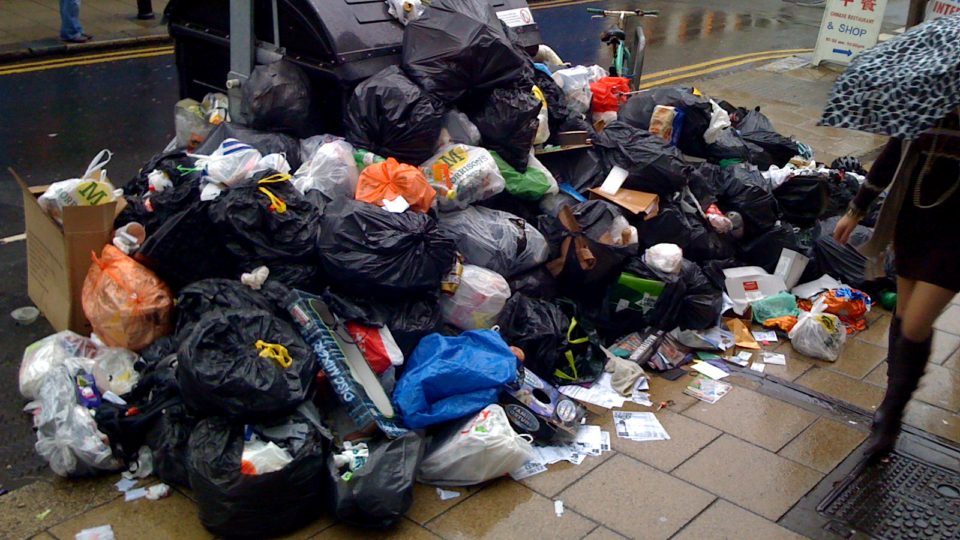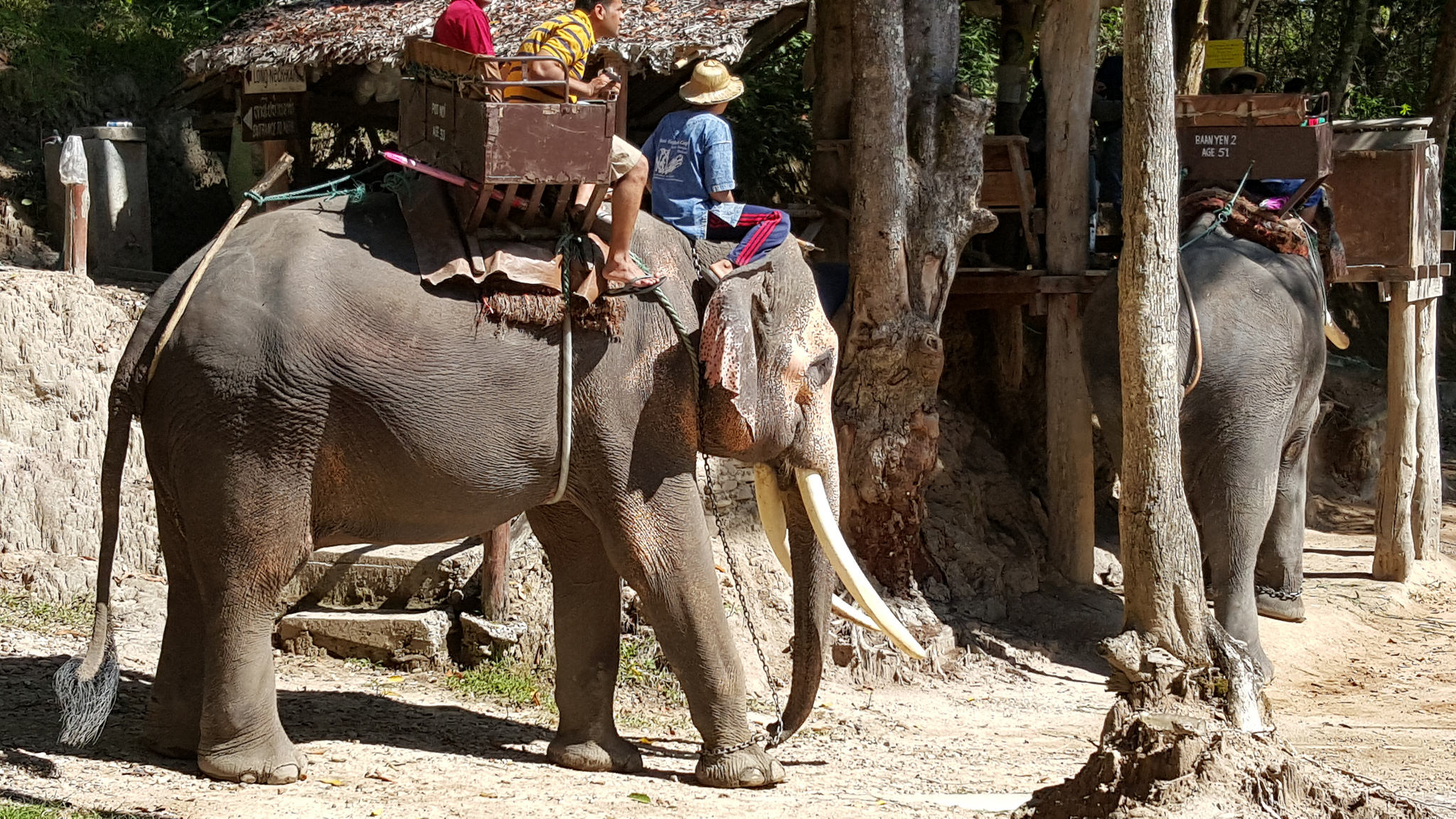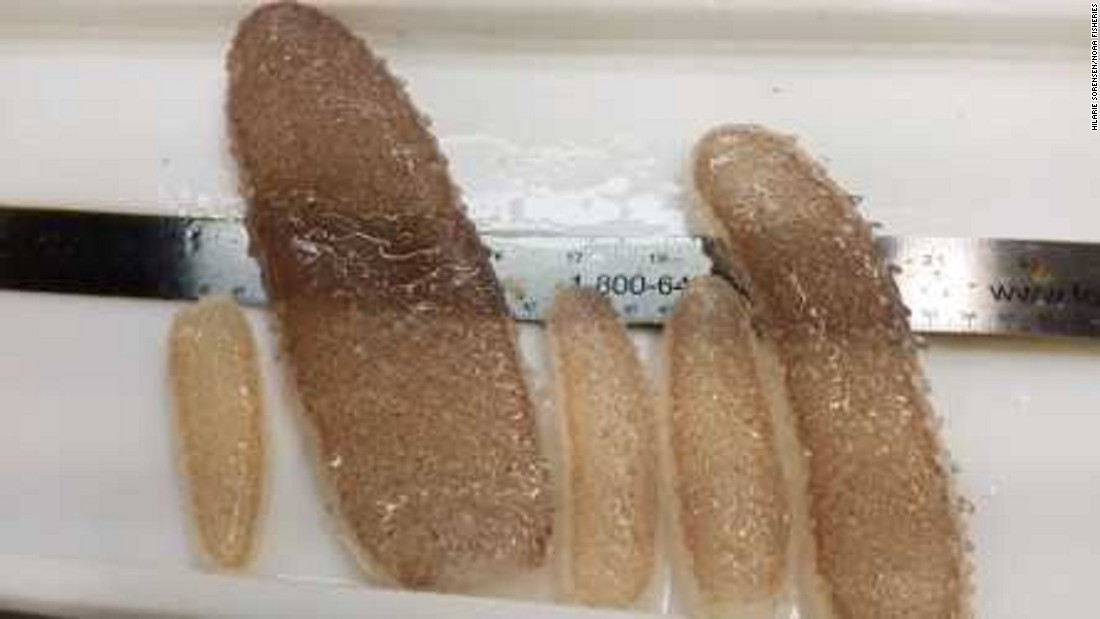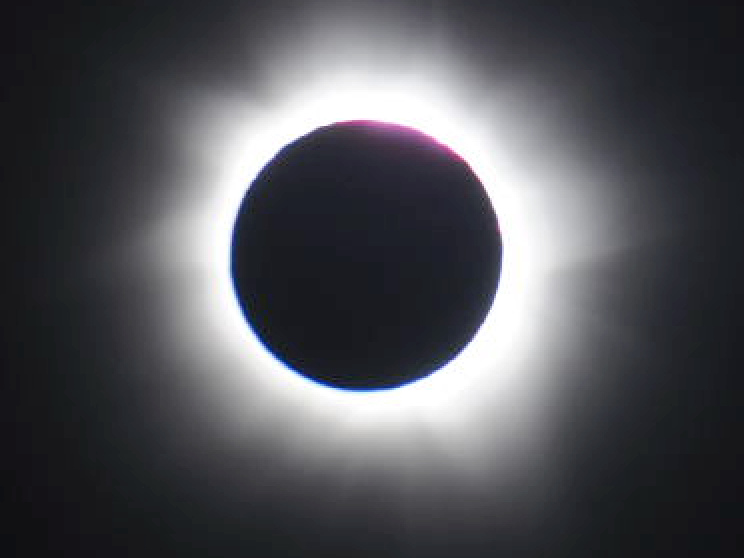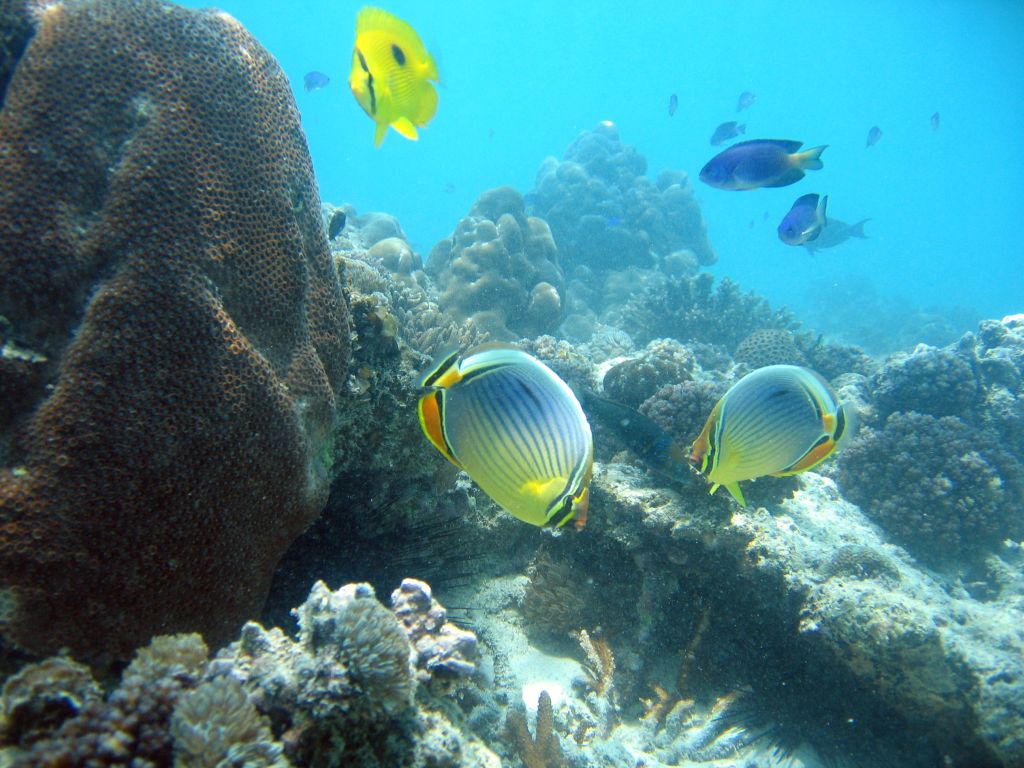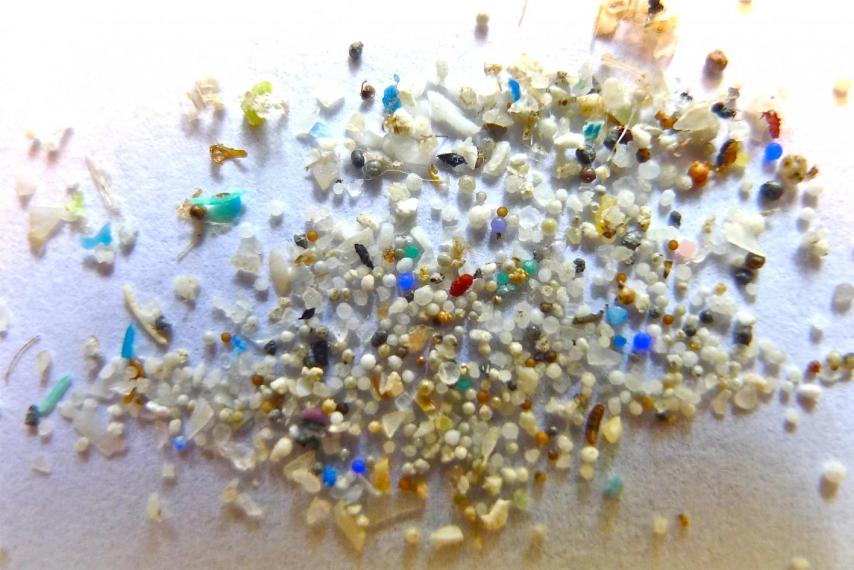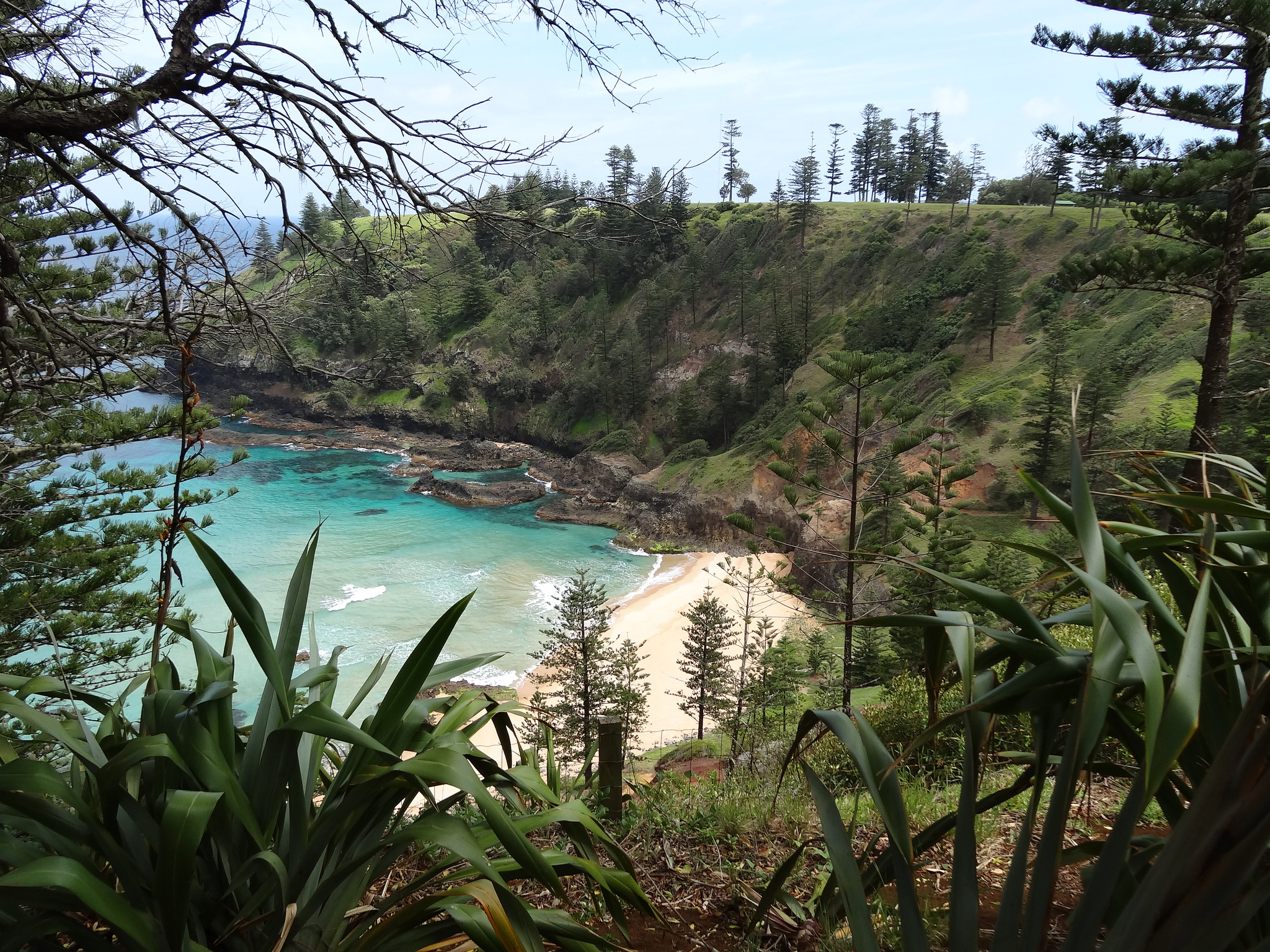research
Looking For “Super Coral”
Coral reefs are essential for much of marine life and are the basis of many commercial fisheries. In places from Florida to Australia, they are major tourist attractions. Estimates are that the economic impact of coral reefs is more than $375 billion a year. And apart from all of that, they are some of the most beautiful places on the planet.
Air Pollution Shortens Lives
Globally, an estimated 4.5 billion people are exposed to particulate air pollution levels that are at least twice that of what the World Health Organization considers safe. But the impact that sustained exposure to air pollution has on a person’s life expectancy has remained a frustratingly unanswered question. That is until now.
A Ton Of Plastic Per Person
A study by the American Association for the Advancement of Science has produced an estimate of the total amount of plastic manufactured worldwide since the 1950s. The researchers then measured that data against statistics on recycling, incineration and discard rates. The results are sobering.
A New Twist On Electricity
In a study published in the journal Science, researchers from institutions in the United States, South Korea, and China described the development of “twistron” yarns, which are essentially pieces of yarn that produce electricity when they are twisted or stretched.
The Effects Of One Degree
In discussions of global warming, we often hear about the effects of a 2-degree rise in temperature or a 1-degree rise in temperature. For most of us, such changes seem pretty insignificant. Of course, in our daily lives, a one-degree temperature change is not particularly noticeable. But in the context of climate change, we are talking about a change in average temperature over time, not the temperature on a particular day or at a particular time.
Storing Carbon in the Ocean
As carbon dioxide levels in the atmosphere continue to rise, it may be that clean energy technologies, electric cars, and other methods of reducing emissions may not be enough. Carbon sequestration – sucking carbon out of the atmosphere – is seen by many as a crucial part of the solution.
A Faster Car Battery
There is more and more interest in electric cars and, based on the half million advance orders for the Tesla Model 3, more and more of us plan to be driving them. For many of us, the technology is already good enough to meet most if not all of our motoring needs.
Elephant Tourism
Elephant tourism is an activity through which tourists can observe and interact with the stately mammals. A quick online search reveals all sorts of elephant pictures and selfies – patting, washing, riding, and the like. But this popularity comes at a great cost to elephants.
Chocolate Is Good For Your Brain
It is always good to learn about more reasons to eat chocolate and Italian researchers have provided us with some impressive facts to digest with our delicious treats.
Using Manganese To Transform CO2
Carbon dioxide is not a very popular substance. As a greenhouse gas, it is the chief culprit in climate change and, as such, the world continues to seek solutions for preventing its release in the environment.
Invasion Of The Sea Pickles
Sea pickles are translucent, tubular creatures that are usually found in tropical ocean waters. Also known as pyrosomes, they are actually made up of many small multicellular organisms that are linked together in a tunic to form a tubelike colony that is closed on one end.
The Great American Eclipse
On Monday, August 21, there will be a total solar eclipse visible in a band across the entire contiguous United States. The last time that happened was in June of 1918. In fact, the last time a total solar eclipse was visible anywhere at all in the continental U.S. was in 1979. So, this is a big deal for American eclipse watchers and millions of us will be heading for some part of the 65-mile-wide band of totality that wends its way from Oregon to South Carolina.
Can The Great Barrier Reef Be Saved?
There have been many stories in the media about the ongoing environmental crisis at Australia’s Great Barrier Reef. Over the past two years, the reef has lost almost half of its coral because of bleaching events. Faced with this situation, the Australian government created the Reef 2050 Plan, a strategy to protect and maintain the reef through the year 2050.
Sustainable Ethanol
Most gas stations in the U.S. sell a blend of 90% gasoline and 10% ethanol. Mandated by legislation, the 14 billion gallons of ethanol consumed annually by American drivers is mostly made from fermented corn. Producing this ethanol requires millions of acres of farmland.
Could Coral Reefs Be Wiped Out?
A new study warns that coral reefs are in danger of disappearing forever. According to U.N. research, the world’s coral reefs could die out completely by mid-century unless carbon emissions are reduced enough to slow ocean warming.
Satellites And Conservation Science
Satellites orbiting the earth are becoming an increasingly powerful tool for counting and monitoring wildlife populations and to answer a host of other questions about the natural world.

